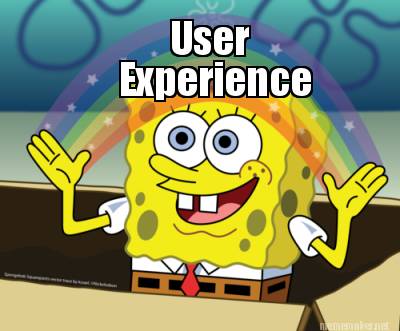
How to improve user engagement
Improving user engagement through emphasized user experience
User experience design. UI. Interaction design. UX. Tons of buzzwords are flying around the digital design space, but what’s the difference and why do they matter?
UX vs. UI
First, UX and UI are not the same. UX is the thinking and process behind a product or interaction. More specifically, it’s the overall experience of a person using a product such as a website or a computer application. User experience can include interaction/interactive design – for example, button hover states – and helps inform the creation of the design systems known as UI.
UI is the user interface or the design of human-computer interaction and the communication of a system or software to a device. In simple terms – UX is the thinking, and UI is how it looks.

Importance of user experience
So, why is it important? UX is the bread and butter of design thinking, or it should be. Any discipline which involves a user has some kind of experience, right? But to hyper-focus on digital – or website user experience – it focuses on the end user of a product or service, using all the strategic tools in the toolbox to ensure the end user gets something out of it. The overall goal is to create a positive user experience, which can, in turn, encourage conversion and nurture brand loyalty. How we get there is a mix of design best practices and project key performance indicators.
Check out this experience design roadmap to get a feel for the process of keeping the user engaged.
Why user experience matters
The beautiful thing about UX – and why it matters – is you can eventually validate decisions through measures of success, whether they be the number of button clicks, time spent on a page, low bounce rates, faster loading, etc. You can improve upon user experience by studying user engagement data and hence improve user engagement.
You can also plan for good UX, which is where we start blurring the lines between digital and nondigital UX. For example, interviews are a common practice for any design brief, as they aim to find what the problems are so we can design a solution. This is the importance of user experience design. It aims to engage and (hopefully) delight or capture the audience while solving a problem, and that doesn’t necessarily require a specific medium. Be open to an unexpected answer to the question you or your client is asking.

A new – experienced – player
Customer experience, or CX, is a fairly new term that describes the experience of the customer rather than solely the end user. This is a key differentiator because customers aren’t always end users. Where UX is typically associated with digital experiences, CX is more all-encompassing and more involved with marketing versus design. There are some key differences between CX and UX, but these ideologies are not independent of one another, especially as the world is becoming more digital. Artificial intelligence, voice integration and the importance of accessibility are more prevalent in society than ever. And at the end of the day, both UX and CX put people and research at the center of what they do to provide better experiences while boosting profits.
In conclusion
I’ll leave you with five key takeaways:
UX is the design thinking behind the experience of a product or service that focuses on the end user.
UX is not the same as UI but is almost always used in tandem.
User experience drives user engagement, which drives profits.
UX isn’t only digital – it utilizes many design principles needed for branding, industrial design, interior design and more.
CX is the newest buzzword of them all, and there is of course some overlap with UX.
Maybe you’ll see a CX blog post in the future, or maybe by then there will be a completely new term for an aspect of experience design.
Interested in learning more or talking about how these trends may apply to your brand? Get in touch!
)
)